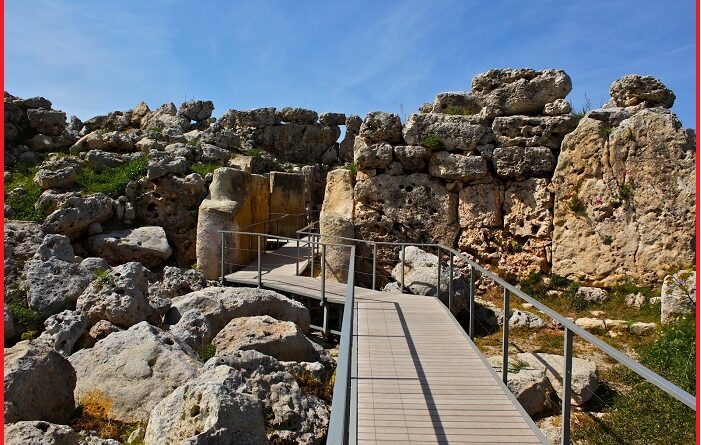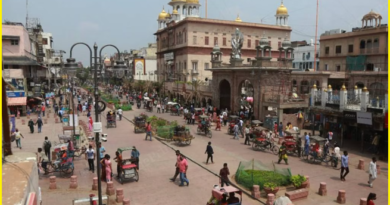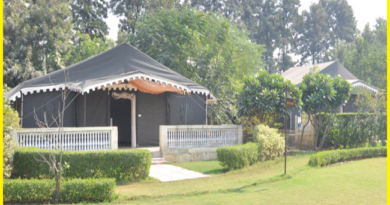An ancient Ruins in Malta older than the pyramids of Egypt-Ggantija Temples
Ggantija Temples, Malta
The Ggantija Temples are located on the island of Gozo, in the middle of the Mediterranean Sea. These Maltese massive megaliths are estimated to be some 3000 years old. As legend said they were built by a race of giants; hence the name Ggantija, which derives from the Maltese word for “giant.” This is the mystery that how the freestanding limestone structures, some of them rising to nearly 6 meters were erected. They rank amongst the earliest free-standing stone buildings in the world and are known for their diversity of form and decoration. Each complex is a unique architectural masterpiece and represents an exceptional prehistoric culture. The Ggantija temples were listed as a UNESCO World Heritage Site in 1980.
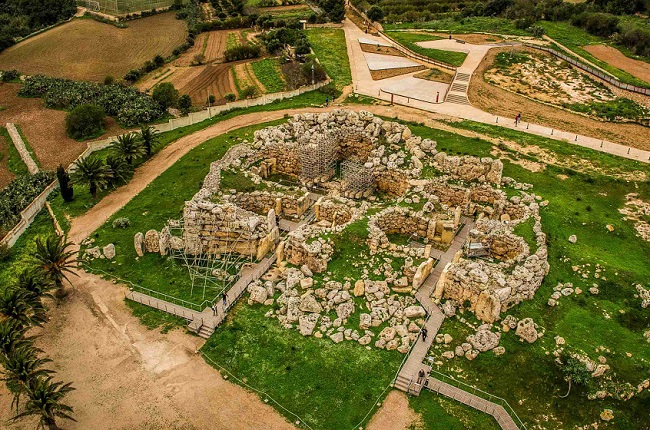
Geology Malta
The Maltese archipelago, situated between Sicily and Tunisia, was created through the uplift of sedimentary rocks. It is situated mainly shallow water continental platform. This uplift dates from the late Miocene to the Pliocene. The rocks are exclusively sedimentary. The rock type mainly consists of limestones, which have contributed to the construction of the ancient buildings of the island.
Ggantija Temples History
Ggantija is a megalithic temple complex from the Neolithic era (c. 3600–2500 BC), on the Mediterranean island of Gozo in Malta. The Ggantija temples are the earliest of the Megalithic Temples of Malta and are older than the pyramids of Egypt. Their makers erected the two Ggantija temples during the Neolithic which makes these temples more than 5500 years old and the world’s second oldest existing manmade religious structures after Gobekli Tepe in present-day Turkey. Together with other similar structures, these have been designated a UNESCO World Heritage Site, the Megalithic Temples of Malta.
Also, read- ‘The Temple of Appollo’ Delphi-A place of Hot talk among the Kingdom
The temples are elements of a ceremonial site in a fertility rite. Researchers have found that the numerous figurines and statues found on site are associated with that cult. According to local Gozitan folklore, a giantess who ate nothing but broad beans and honey bore a child from a man of the common people. With the child hanging from her shoulder, she built these temples and used them as places of worship.
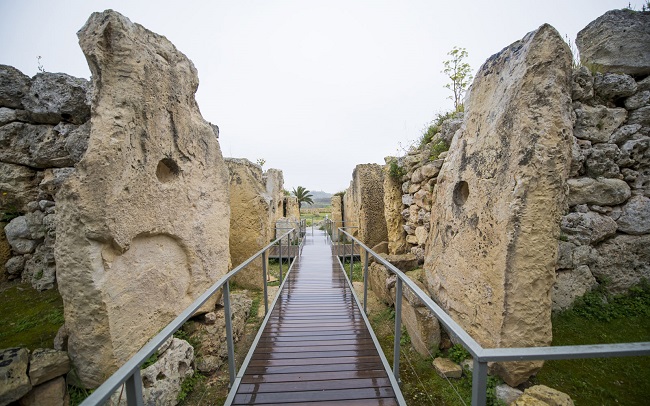
Structure of the Ggantija Temples
The Ggantija temple complex stands at the edge of the Xaghra plateau, facing toward the southeast. The temples are built in the typical clover-leaf shape, with inner-facing blocks marking the shape. The space between the walls was then filled in with rubble. A series of semi-circular apses is connected with a central passage. Archaeologists believe that the apses were originally covered by roofing.
The monuments were constructed when the wheel had not yet been introduced and no metal tools were available to the Maltese Islanders. Small, spherical stones have been discovered at the sites. The southern temple rises to a height of 6 m. At the entrance sits a large stone block with a recess, which led to the hypothesis that this was a ritual ablution station for purification before worshippers entered the complex. The five apses contain various altars.
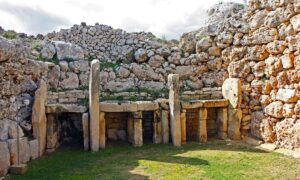
Researchers have found animal bones on the site that suggest the space was used for animal sacrifice. All six temples are unique prehistoric monuments built between the 4th millennium BC and the 3rd millennium BC. The use of fire is shown by the presence of stone hearths. Each monument is different in plan, articulation, and construction technique. They are usually approached from an elliptical forecourt in front of a concave facade. The facade and internal walls consist of upright stone slabs, known as orthostats, surmounted by horizontal blocks. The space between the external wall and the walls of the inner chambers is filled with stones and earth, binding the whole structure together. The interiors of the buildings are formed of semi-circular chambers usually referred to as apses.
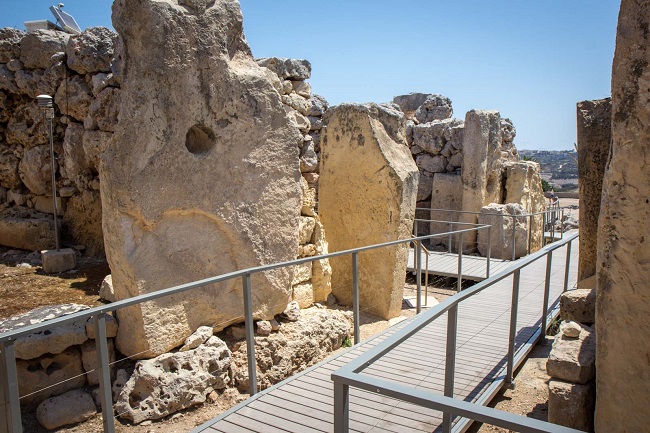
What rock the structure was made
The temple builders used locally available rocks of which they had a thorough knowledge. Hard coralline limestone was used for the construction of external walls and softer globigerina limestone for the more sheltered interiors and decorated elements. Decorated features within the buildings have a high level of craftsmanship. These elements consist mainly of panels decorated with drilled holes and bas-relief panels depicting spiral motifs, trees, plants, and various animals. The form and layout of these buildings suggest they were an important ritual focus of a highly organized society.
How to reach Ggantija Temples
This temple is located in Gozo. To arrive here visitors will first need to get the ferry from Malta To Gozo. Drive towards Xaghra, and follow them to go uphill towards The temples.
